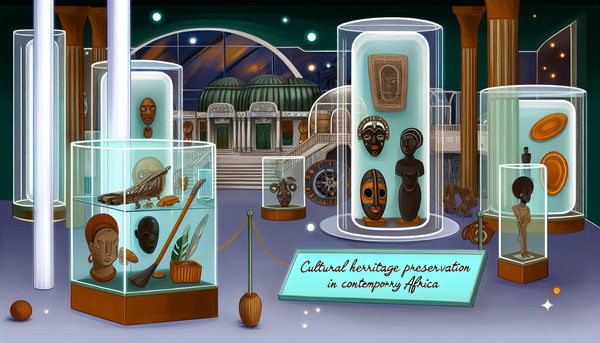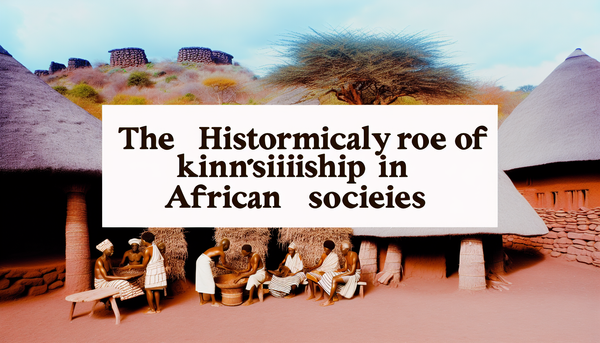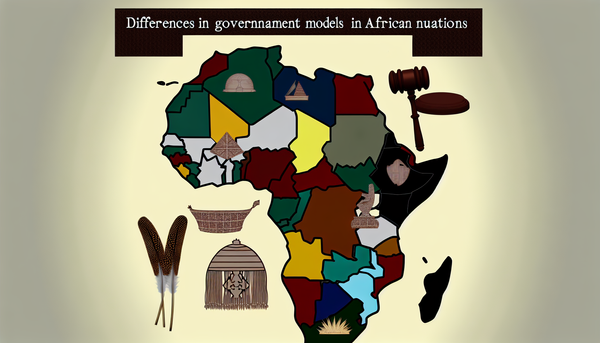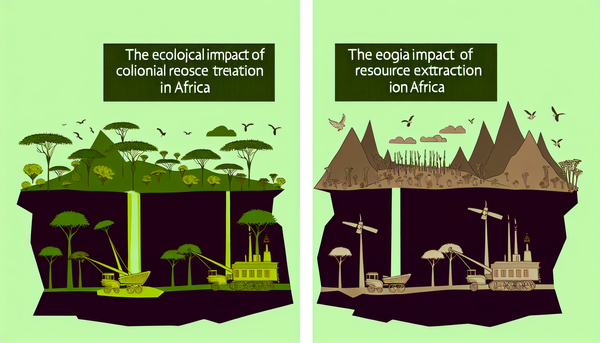Ancient Civilizations of Africa: Egypt, Nubia, and Others
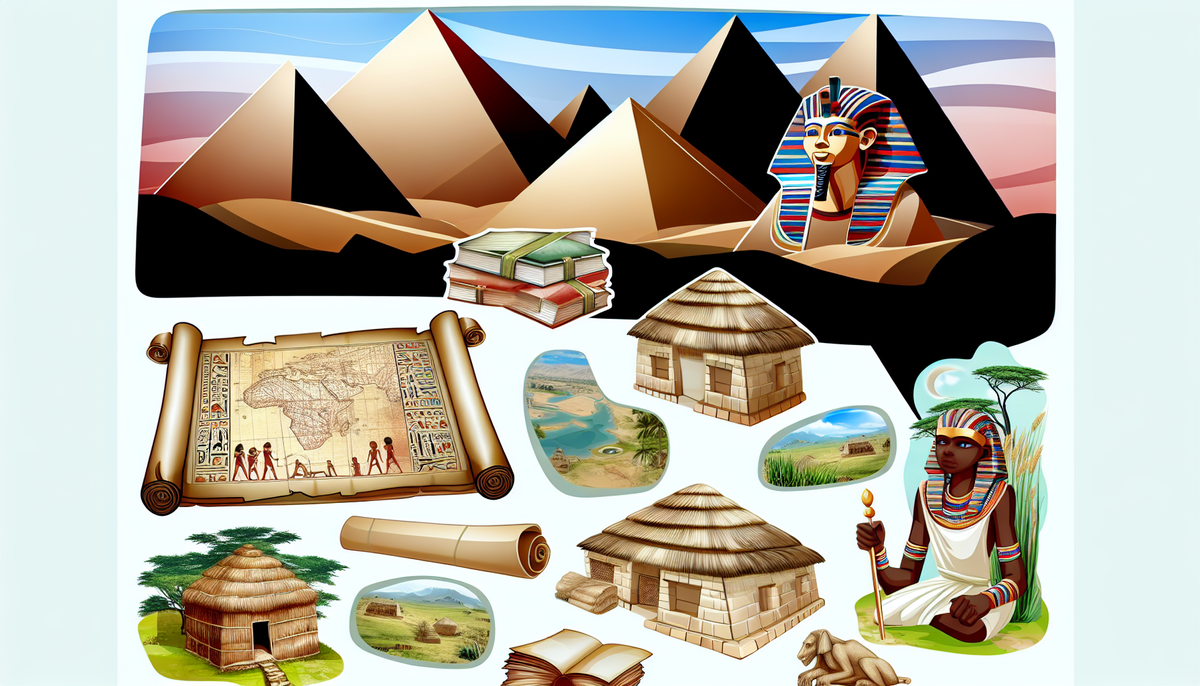
Exploring the Architectural Marvels of Ancient Egypt
Ancient Egypt is renowned for its impressive architectural achievements that continue to intrigue and inspire people around the world. The monumental structures built by the ancient Egyptians served various purposes, including religious, funerary, and administrative functions.
The most iconic symbol of ancient Egyptian architecture is the Great Pyramid of Giza, one of the Seven Wonders of the Ancient World. Built as a tomb for the Pharaoh Khufu, the Great Pyramid stands as a testament to the engineering prowess and ingenuity of the ancient Egyptians. Its precise construction and massive scale continue to astound archaeologists and historians to this day.
In addition to the pyramids, ancient Egypt is also known for its temples dedicated to gods and pharaohs. The Temple of Karnak, located in Thebes, is one of the largest temple complexes in the world and showcases the architectural sophistication of the ancient Egyptians. The temple features massive columns, towering obelisks, and intricate hieroglyphic carvings that reflect the religious beliefs and cultural practices of the time.
Another architectural marvel of ancient Egypt is the Sphinx, a colossal statue with the body of a lion and the head of a pharaoh. Carved from a single piece of limestone, the Sphinx symbolizes the strength and wisdom of the pharaohs and serves as a guardian of the Giza Plateau.
Overall, the architectural legacy of ancient Egypt is a testament to the skill, creativity, and cultural significance of this civilization. By exploring these marvels, we can gain a deeper understanding of the beliefs, values, and achievements of one of the most influential civilizations in history.
Unveiling the Rich Culture and Social Structure of Nubia
Nubia, located in present-day Sudan and southern Egypt, was a region with a vibrant and unique culture that thrived alongside ancient Egypt. The Nubian civilization was known for its rich artistic traditions, advanced craftsmanship, and complex social structure.
One of the distinguishing features of Nubian culture was its intricate pottery, jewelry, and textiles, which showcased a high level of craftsmanship and artistry. Nubian artisans excelled in creating colorful pottery decorated with intricate geometric patterns and designs, reflecting their deep appreciation for aesthetics and beauty.
The social structure of Nubian society was characterized by a hierarchical system with distinct social classes, including royalty, elites, craftsmen, and farmers. The ruling elite played a central role in governing Nubian society, overseeing religious rituals, trade, and diplomacy with neighboring regions.
Religion was a significant aspect of Nubian culture, with a polytheistic belief system that incorporated elements of Egyptian religion. Nubians worshipped a pantheon of gods and goddesses, with each deity representing different aspects of nature, fertility, and protection.
In addition to their artistic and religious practices, the Nubians were known for their military prowess and strategic alliances with neighboring kingdoms. Their ability to adapt and assimilate diverse cultural influences contributed to the richness and diversity of Nubian culture.
Exploring the cultural and social structure of Nubia offers valuable insights into the interconnectedness of ancient African civilizations and the enduring legacy of Nubian heritage. It highlights the sophistication and complexity of this lesser-known civilization that made significant contributions to the cultural tapestry of the ancient world.
Trade and Exchange: Economic Insights from Ancient African Civilizations
Trade and exchange played a crucial role in the economic development and cultural exchange of ancient African civilizations. Across regions such as Egypt, Nubia, Kush, Axum, and Mali, thriving trade networks facilitated the exchange of goods, ideas, and technologies, enriching the economies and societies of these civilizations.
Ancient African civilizations engaged in long-distance trade routes that connected them to distant lands, enabling the exchange of valuable commodities such as gold, ivory, exotic animals, textiles, spices, and luxury goods. These trade networks not only facilitated economic growth but also fostered cultural interactions and the spread of ideas and technologies.
In Egypt, the Nile River served as a vital trade artery, connecting the kingdom to the Mediterranean world and enabling the import and export of goods. The Egyptian civilization prospered through trade with neighboring regions, exchanging commodities such as papyrus, grain, and precious metals.
The kingdom of Kush, located in present-day Sudan, controlled key trade routes that connected the African interior with the Red Sea and Mediterranean coastlines. Kushite merchants traded goods such as gold, ivory, ebony, and incense with ancient Egypt, Arabia, and the Greco-Roman world, establishing flourishing commercial linkages.
The Axumite Kingdom, centered in present-day Ethiopia, was a prominent trade hub that controlled trade routes linking the Red Sea with the Indian Ocean. Axum served as a pivotal center for the exchange of goods such as ivory, spices, glassware, and textiles, contributing to its prosperity and influence in the region.
The economic insights gained from studying trade and exchange in ancient African civilizations illuminate the interconnectedness and dynamism of pre-modern African societies, showcasing the importance of commerce and cultural exchange in shaping their development and prosperity.
Religious Beliefs and Practices Across Different African Civilizations
Religion played a central role in the lives of ancient African civilizations, shaping their beliefs, societal norms, and cultural practices. Across regions such as Egypt, Nubia, Axum, Mali, and Great Zimbabwe, diverse religious systems flourished, reflecting the spiritual and philosophical outlook of their societies.
In ancient Egypt, religion was intricately woven into every aspect of life, with a complex pantheon of gods and goddesses that represented natural forces, cosmic principles, and human attributes. The Egyptians worshipped deities such as Ra, Osiris, Isis, and Horus, and believed in the afterlife and the importance of funerary rituals to ensure the deceased's journey to the next world.
The Nubians, influenced by Egyptian religion, also worshipped a pantheon of gods and goddesses but incorporated their own deities and religious practices. Nubian religious beliefs centered around fertility, protection, and the natural world, with ceremonies and rituals dedicated to honoring their gods and ancestors.
The Axumite Kingdom in present-day Ethiopia embraced Christianity as its official religion in the 4th century CE, becoming one of the earliest Christian kingdoms in Africa. Axumite Christianity combined indigenous beliefs with Christian teachings, fostering a unique religious synthesis that endured for centuries.
In West Africa, the Mali Empire was renowned for its embrace of Islam, which spread through trade networks and diplomatic relations. The Malian rulers, such as Mansa Musa, supported the construction of mosques, schools, and centers of learning, promoting the dissemination of Islamic knowledge and culture.
The diversity of religious beliefs and practices across different African civilizations underscores the rich tapestry of spiritual traditions that shaped the continent's cultural landscape. By exploring these varied religious systems, we gain a deeper understanding of the belief systems, values, and rituals that guided the lives of ancient African societies.
Art and Symbolism in Ancient Egyptian and Nubian Societies
Art and symbolism were integral components of the cultural expressions of ancient Egyptian and Nubian societies, reflecting their beliefs, values, and societal structures. Both civilizations developed sophisticated artistic traditions that encompassed monumental architecture, intricate hieroglyphic writing, exquisite jewelry, and elaborate funerary practices.
In ancient Egypt, art served as a means of expressing religious beliefs and commemorating the achievements of pharaohs and gods. Egyptian artists depicted scenes of daily life, religious ceremonies, and mythological narratives on temple walls, tombs, and papyrus scrolls, using symbolic imagery and hieroglyphs to convey meaning and significance.
The ancient Egyptians placed great importance on funerary art and symbolism, creating elaborate tombs, sarcophagi, and grave goods to accompany the deceased to the afterlife. The iconic funerary mask of Tutankhamun, crafted from gold and precious gemstones, symbolizes the eternal life and divinity of the pharaoh, encapsulating the artistic and symbolic richness of ancient Egyptian culture.
In Nubian society, art and symbolism also played a vital role in expressing spiritual beliefs and cultural identity. Nubian artisans excelled in crafting intricate pottery, jewelry, and textiles adorned with symbolic motifs and geometric patterns that reflected their reverence for nature, animals, and the divine.
The use of symbols such as the ankh (symbol of life), the scarab beetle (symbol of regeneration), and the Eye of Horus (symbol of protection) in both Egyptian and Nubian art underscored the shared cultural and religious symbols that permeated the ancient African civilizations, illustrating the interconnectedness and mutual influences between these distinct societies.
Exploring the art and symbolism of ancient Egyptian and Nubian societies offers a glimpse into the creative ingenuity, spiritual beliefs, and cultural richness of these civilizations, illuminating the enduring legacy of their artistic expressions and symbolic language.
Influence of Ancient African Civilizations on Modern Cultures
The legacy of ancient African civilizations continues to shape and influence modern cultures around the world in diverse ways, from art and architecture to language and spiritual beliefs. The contributions of civilizations such as Egypt, Nubia, Mali, Axum, and Great Zimbabwe have left an indelible mark on contemporary societies and serve as a source of inspiration and cultural exchange.
The architectural marvels of ancient African civilizations, such as the pyramids of Egypt and the stone structures of Great Zimbabwe, have inspired architects, artists, and designers across the globe. The precision engineering, monumental scale, and aesthetic beauty of these structures demonstrate the innovation and creativity of ancient African builders, influencing modern architectural styles and techniques.
The artistic traditions of ancient African civilizations, characterized by intricate patterns, symbolic motifs, and vibrant colors, continue to resonate in contemporary art forms. Artists and designers draw inspiration from the rich artistic heritage of African cultures, incorporating elements of traditional African art into contemporary artworks, fashion, and design.
The spiritual beliefs and practices of ancient African civilizations have also had a lasting impact on modern cultures. The reverence for nature, animistic beliefs, and divine symbolism found in ancient African religions have influenced spiritual movements, philosophical thought, and cultural practices worldwide.
Moreover, the economic and commercial achievements of ancient African civilizations, exemplified by the trade networks of Axum, Mali, and Nubia, laid the foundation for global trade routes and economic systems that continue to shape the interconnectedness of the modern world.
By recognizing and celebrating the enduring influence of ancient African civilizations on modern cultures, we honor the cultural legacy, artistic achievements, and intellectual contributions of these extraordinary societies, fostering a deeper appreciation for the diverse and dynamic heritage of the African continent.
Technological Innovations and Achievements of Ancient African Civilizations
Ancient African civilizations made significant contributions to technological innovation, engineering prowess, and scientific advancements that continue to inspire awe and admiration today. From the architectural marvels of Egypt to the iron-working techniques of Nubia and the maritime expertise of Axum, these civilizations demonstrated a remarkable capacity for innovation and mastery of advanced technologies.
One of the most renowned technological achievements of ancient African civilizations was the construction of the pyramids in Egypt. The precision engineering, mathematical calculations, and architectural feats required to build these monumental structures are a testament to the ingenuity and expertise of ancient Egyptian builders.
In Nubia, the mastery of iron-working techniques and metal craftsmanship allowed the Nubians to produce high-quality iron weapons, tools, and jewelry. The Nubian iron industry played a pivotal role in shaping the economic and military power of the region, demonstrating their advanced knowledge of metallurgy and metalworking.
The Axumite Kingdom, located in present-day Ethiopia, excelled in maritime technology and trade, establishing commercial networks across the Red Sea and Indian Ocean. Axumite sailors navigated treacherous waters, built sophisticated ships, and engaged in long-distance trade with distant lands, showcasing their maritime prowess and expertise in navigation.
Additionally, the agricultural innovations of ancient African civilizations, such as the terraced farming techniques of the Mali Empire and the irrigation systems of the Kingdom of Kush, enabled sustainable food production and economic prosperity in challenging environments.
By recognizing the technological innovations and achievements of ancient African civilizations, we gain a deeper appreciation for the intellectual prowess, engineering skills, and scientific knowledge that propelled these societies to great heights of accomplishment, leaving a lasting legacy of innovation and progress.
